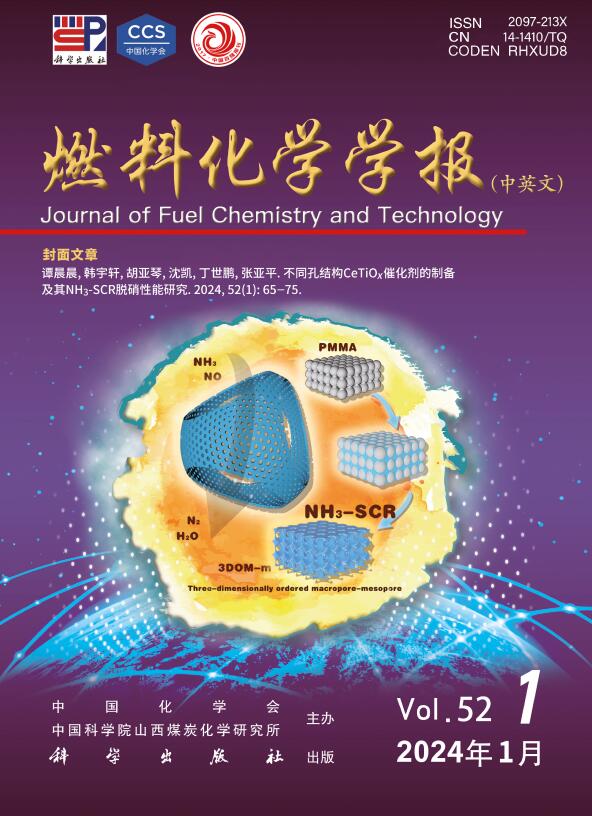Effect of framework structure of ZSM-11 and ZSM-5 zeolites on their catalytic performance in the conversion of methanol to olefins
Abstract
The catalytic performance of zeolites is closely related to their framework structure and a clear understanding of such a structure-performance relationship is of great significance in revealing catalytic reaction mechanism as well as in developing efficient zeolite catalysts. Herein, ZSM-11 and ZSM-5 zeolites with similar morphology, crystal size, textural properties and acidity were hydrothermally synthesized; the effects of their differences in the 10-ring channels on the catalytic performance in the conversion of methanol to olefins (MTO) were investigated by using various characterization techniques. The results indicate that in comparison with the straight channel of ZSM-11, the sinusoidal channel of ZSM-5 has stronger diffusion resistance, which promotes the hydrogen-transfer in higher olefins, leads to forming more polymethylbenzene species and then raises the contribution of aromatic-based cycle. In contrast, ZSM-11 with straight channel can reduce the formation of polymethylbenzene species and enhance the alkene-based cycle. As a result, compared with ZSM-5-60 with similar morphology and acidity, ZSM-11-60 as a catalyst in MTO exhibits longer lifetime (98.3 h vs. 65.4 h) and higher selectivity to propene (34.6% vs. 27.4%). The insight shown in this work helps to have a better understanding of the relation between zeolite structure and catalytic performance in MTO and is then beneficial to the development of better catalysts and processes for MTO.

 求助内容:
求助内容: 应助结果提醒方式:
应助结果提醒方式:


